Extrusion welding is an advanced solidstate joining technology that achieves atomiclevel bonding by applying mechanical pressure to bring metal surfaces into close contact, combined with the effects of high temperature and pressure. This technology emerged in the 1940s and was initially used in the aerospace industry. It has since evolved into an indispensable joining method in modern manufacturing.
What is the meaning of extrusion welding?
Extrusion welding is a specialized and efficient welding process designed for thermoplastic materials such as polyethylene, polypropylene, and PVC. It is particularly suitable for welding thick sheets or large surface areas. The working principle involves heating a thermoplastic welding rod to a molten state and using extrusion welding equipment to uniformly extrude it onto the seam to be welded. Under external pressure, the molten material bonds tightly with the base material, and after cooling and solidification, a highstrength, highly sealed weld is formed. This welding method is not only suitable for flat surfaces but can also handle curved or complexshaped welding tasks, offering great flexibility. The core advantages of extrusion welding lie in the weld strength, which is close to that of the base material, and its excellent sealing performance, making it particularly effective in applications requiring high strength and leak prevention.

Extrusion welding is widely used in industries such as chemical processing, environmental protection, construction, and renewable energy. For example, in the chemical industry, it is commonly used for welding chemical storage tanks and pipeline linings; in environmental engineering, it is applied for welding antiseepage linings in sewage treatment tanks and landfills; in construction, it is suitable for waterproofing layers on roofs and underground tunnels; and in the renewable energy sector, it plays a significant role in welding biogas tanks and solar equipment. Despite its many advantages, such as high weld strength, strong adaptability, and excellent sealing performance, extrusion welding does have some limitations. For instance, extrusion welding equipment is generally costly, and the technical requirements for operators are relatively high. Additionally, this method is primarily suitable for thermoplastic materials and cannot be used for metals or other nonthermoplastic materials. Therefore, when selecting extrusion welding, a comprehensive evaluation based on specific needs and conditions is necessary to ensure that it meets the technical and economic requirements of the project.
Extrusion Welding History
Extrusion welding, as a specialized welding technology for thermoplastic materials, has a development history closely tied to the progress of the plastics industry. Below is an overview of the history of extrusion welding:
1. The Rise of the Plastics Industry (Early 20th Century):
The origins of extrusion welding can be traced back to the early 20th century when plastic materials began to be widely studied and applied. With the invention and commercialization of thermoplastic materials such as polyethylene (PE), polypropylene (PP), and polyvinyl chloride (PVC), people started exploring effective ways to join these materials. Early plastic welding methods primarily included hot gas welding and ultrasonic welding, but these techniques had limitations when dealing with thick plates or largearea welding.
2. The Emergence of Extrusion Welding Technology (Mid20th Century):
By the mid20th century, as plastics found expanding applications in various industries, the demand for efficient and reliable welding technologies grew. Extrusion welding technology began to take shape during this period. Its basic principle involves heating and extruding thermoplastic materials to fuse them with the base material, forming a strong weld. This method proved particularly suitable for thick plate welding, leading to its adoption in fields such as chemical processing, environmental protection, and construction.
3. Technological Maturity and Equipment Development (Late 20th Century):
From the 1970s to the 1990s, extrusion welding technology matured, accompanied by advancements and standardization of welding equipment. During this period, dedicated extrusion welding equipment was developed, enabling more precise control over temperature, pressure, and extrusion speed, thereby improving welding quality and efficiency. At the same time, with the widespread use of thermoplastic materials in applications such as antiseepage and anticorrosion, extrusion welding became a key technology in these fields.
4. Modern Extrusion Welding (21st Century to Present):
Entering the 21st century, extrusion welding technology has further advanced, primarily in the following aspects:
Equipment Intelligence: Modern extrusion welding equipment is equipped with digital control systems, allowing for more precise parameter adjustments and automated operations.
Material Diversification: In addition to traditional polyethylene and polypropylene, extrusion welding is now applicable to a wider range of new thermoplastic materials, such as highperformance polymers and composite materials.
Expansion of Application Fields: Extrusion welding has found extensive use in environmental engineering (e.g., landfill antiseepage liners), renewable energy (e.g., biogas tanks), and infrastructure construction (e.g., tunnel waterproofing layers).
Key Milestones in Extrusion Welding:
1950s: Extrusion welding technology was initially applied to the welding of plastic pipes and containers.
1970s: Dedicated extrusion welding equipment was introduced, driving the standardization of the technology.
1990s: Extrusion welding became a key technology in the chemical and environmental protection industries.
21st Century: The application of intelligent equipment and new materials has made extrusion welding technology more efficient and versatile.
who invented extrusion welding
Extrusion welding is a combination of two technologies: extrusion and welding. Extrusion, as a metal processing method, has a long history. As early as 1797, the Englishman Joseph Bramah designed the world's first mechanical extrusion press for extruding lead and obtained a patent. With the continuous advancement of metal processing technology, extrusion has gradually been applied to the processing of various metal materials.
Welding technology, on the other hand, involves joining two or more pieces of metal by heating, applying pressure, or a combination of both, to create atomic or molecular bonds between them. The development of welding technology dates back thousands of years, and with the advent of the Industrial Revolution, welding technology advanced rapidly, giving rise to various welding methods such as arc welding, resistance welding, and gas welding.
Extrusion welding, as a specific welding process, typically involves using an extrusion welding machine to heat and press two pieces of metal together to form a weld. This process combines the advantages of extrusion and welding and can be used to manufacture various complex metal structural components.
Since extrusion welding is the result of the continuous development of metal processing and welding technologies, it is difficult to attribute its invention to a specific individual. It is the outcome of long-term exploration and innovation by numerous engineers and technicians in practice. Therefore, the invention of extrusion welding cannot simply be credited to one person.
In the development of extrusion welding technology, many companies and research institutions have made significant contributions. Through the development of new extrusion welding machines, optimization of welding process parameters, and improvement of welding materials, they have continuously enhanced the quality and efficiency of extrusion welding, promoting its widespread application.
extrusion welding advantages
Extrusion welding offers the following advantages:

High Welding Strength:
Extrusion welding uses high temperature and pressure to induce plastic deformation in two or more metal workpieces, achieving atomic-level bonding. The welding strength is close to that of the base material, providing a strong and reliable connection.
Minimal Deformation:
During the welding process, sufficient pressure is applied, effectively reducing deformation at the weld joint. This helps maintain the overall shape and dimensional accuracy of the workpiece.
No Filler Material Required:
Extrusion welding does not require any filler material, which not only reduces costs but also simplifies the process and improves production efficiency.
Excellent Corrosion Resistance:
Workpieces welded through extrusion welding exhibit good corrosion resistance at the weld joint, ensuring stable performance even in harsh environmental conditions.
Energy Efficiency and Environmental Friendliness:
Compared to some traditional welding methods, extrusion welding does not require welding materials, avoiding the generation of harmful gases and fumes during the process, making it environmentally friendly.
High Construction Efficiency:
The extrusion welding process is straightforward and has relatively low skill requirements for operators, who can master it after short-term training. Additionally, the welding speed is fast, enabling the connection of a large number of workpieces in a short time, thereby improving production efficiency.
Easy Quality Control of Joints:
The quality of extrusion-welded joints is stable and easy to inspect and control. By adjusting welding parameters such as temperature, pressure, and time, precise control over welding quality can be achieved.
In summary, extrusion welding offers advantages such as high strength, low deformation, no need for filler materials, excellent corrosion resistance, wide process applicability, energy efficiency, environmental friendliness, high construction efficiency, and easy quality control of joints. It has been widely applied in fields such as aerospace, automotive manufacturing, and shipbuilding.
extrusion welding used for
Extrusion welding is a highly efficient welding technology specifically designed for thermoplastic materials. Known for its high strength, excellent sealing properties, and suitability for thick plate welding, it is widely used across various industrial sectors. Below are the main application areas of extrusion welding:

In the chemical industry, extrusion welding is used to join corrosion-resistant materials such as polyethylene (PE) and polypropylene (PP). It is applied in equipment like chemical storage tanks, pipeline linings, reactor linings, and acid washing tanks. These devices require sealing and durability in harsh environments with strong acids or alkalis, and extrusion welding effectively meets these demands. In the environmental engineering sector, extrusion welding is employed to weld high-density polyethylene (HDPE) and other anti-seepage materials. It is used in sewage treatment tanks, landfill anti-seepage linings, and wastewater treatment facilities to prevent harmful substances from seeping into soil or water, playing a crucial role in environmental protection.
In the construction industry, extrusion welding technology is used to weld roof waterproofing layers, underground tunnel waterproofing layers, and basement moisture-proof layers, ensuring the waterproofing performance and durability of building structures. In the renewable energy sector, extrusion welding is widely applied in biogas tanks, solar equipment linings, and biomass energy storage facilities. It welds weather-resistant and chemically resistant materials, ensuring the sealing and stability of equipment during long-term use. Additionally, in the water treatment industry, extrusion welding is used to weld drinking water storage tanks, sewage treatment equipment, and desalination facilities, ensuring the hygiene and anti-seepage properties of the equipment.
In the transportation sector, extrusion welding technology is used to weld vehicle fuel tanks, container linings, and ship waterproofing layers, ensuring the safety and durability of equipment during transportation. In the mining and energy industries, extrusion welding is applied to weld mining storage tanks, oil pipeline linings, and natural gas storage facilities, ensuring the reliability of equipment in extreme environments. In agriculture and aquaculture, extrusion welding technology is used to weld agricultural irrigation pools, aquaculture tanks, and biogas tanks, ensuring the efficient use of water resources and environmental protection.
In the food and pharmaceutical industries, extrusion welding is used to weld food storage tanks, medical equipment linings, and sterile containers, ensuring the cleanliness and safety of the equipment. Furthermore, extrusion welding is also applied in areas such as swimming pool linings, artificial lake anti-seepage layers, and landscape ponds, welding aesthetically pleasing and durable materials to ensure the long-term performance of these facilities.
how does extrusion welding work
Extrusion welding is a specialized welding technology designed for thermoplastic materials such as polyethylene, polypropylene, and PVC. It is particularly suitable for welding thick plates or large surface areas. The working principle is based on the melting characteristics of thermoplastic materials, achieving material connection through heating, extrusion, and pressurization. Below is a detailed explanation of how extrusion welding works:
1. Material Heating:
Extrusion welding uses thermoplastic welding rods as filler material. The rods are heated to a molten state using heating devices such as heating nozzles or heating plates.
The heating temperature is adjusted according to the type and thickness of the material, typically slightly above the material's melting point to ensure the rods are fully melted.
2. Material Extrusion:
The molten welding rod is uniformly extruded through an extrusion device, such as a screw extruder. The extrusion device is usually equipped with an adjustable nozzle to control the extrusion speed and shape of the rod.
The extruded molten material is directly delivered to the seam to be welded.
3. Seam Preparation:
Before welding, the seam to be welded usually undergoes pre-treatment, such as cleaning and grinding, to ensure a flat and contamination-free welding surface.
For thick plate welding, the seam may be designed with a V-shaped or U-shaped groove to increase the welding contact area and enhance welding strength.
4. Pressurization and Bonding:
After the molten welding rod is extruded onto the seam, external pressure (such as rollers or pressing plates) is applied to tightly bond it with the base material.
The purpose of pressurization is to ensure the molten material fully fills the seam and forms a strong molecular bond with the base material.
5. Cooling and Solidification:
After welding is completed, the molten material solidifies through natural or forced cooling, forming a high-strength, well-sealed weld.
During the cooling process, external interference must be avoided to ensure the uniformity and integrity of the weld.
Key Parameters of Extrusion Welding:
1. Temperature Control: Heating temperature must be precisely controlled. Excessive temperature can cause material degradation, while insufficient temperature may prevent proper melting.
2. Extrusion Speed: Extrusion speed affects welding efficiency and weld quality. It should be adjusted based on material thickness and welding requirements.
3. Pressure Level: Appropriate pressure ensures a tight bond between the molten material and the base material. Insufficient pressure may result in weak welds, while excessive pressure can cause material deformation.
4. Welding Speed: Welding speed must match the extrusion speed and material characteristics to ensure uniform and continuous welds.
Summary:
The working principle of extrusion welding involves heating, extruding, and pressurizing to tightly bond molten thermoplastic material with the base material, forming a high-strength, highly sealed weld. The core steps include material heating, extrusion, seam preparation, pressurization and bonding, and cooling and solidification. Extrusion welding technology is particularly suitable for thick plate and large-area welding and is widely used in industries such as chemical processing, environmental protection, construction, and renewable energy. By precisely controlling temperature, extrusion speed, pressure, and welding speed, extrusion welding can achieve high-quality welding results.


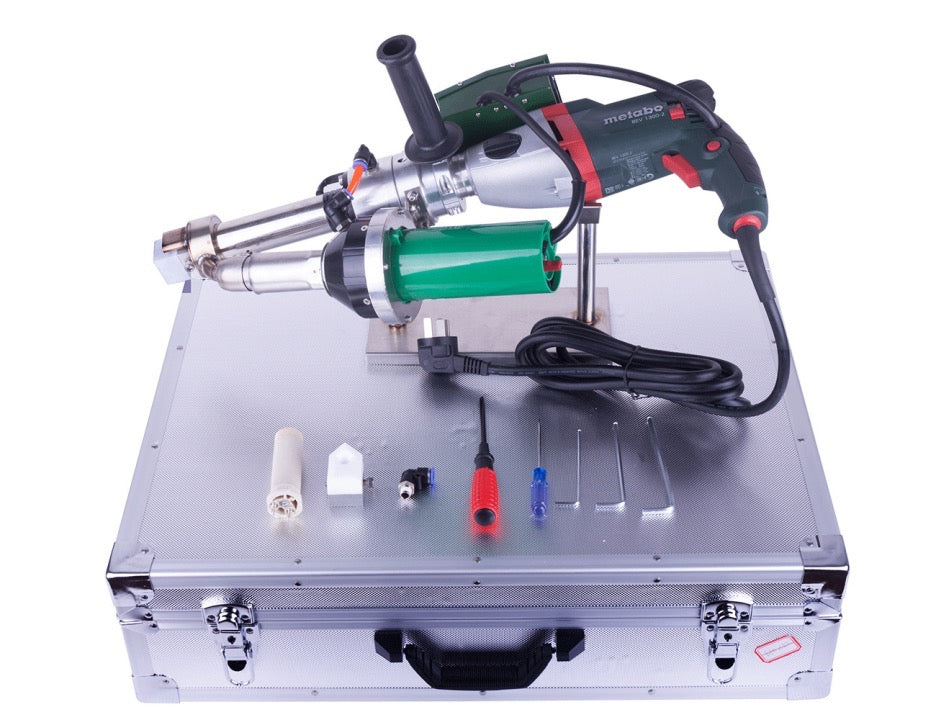
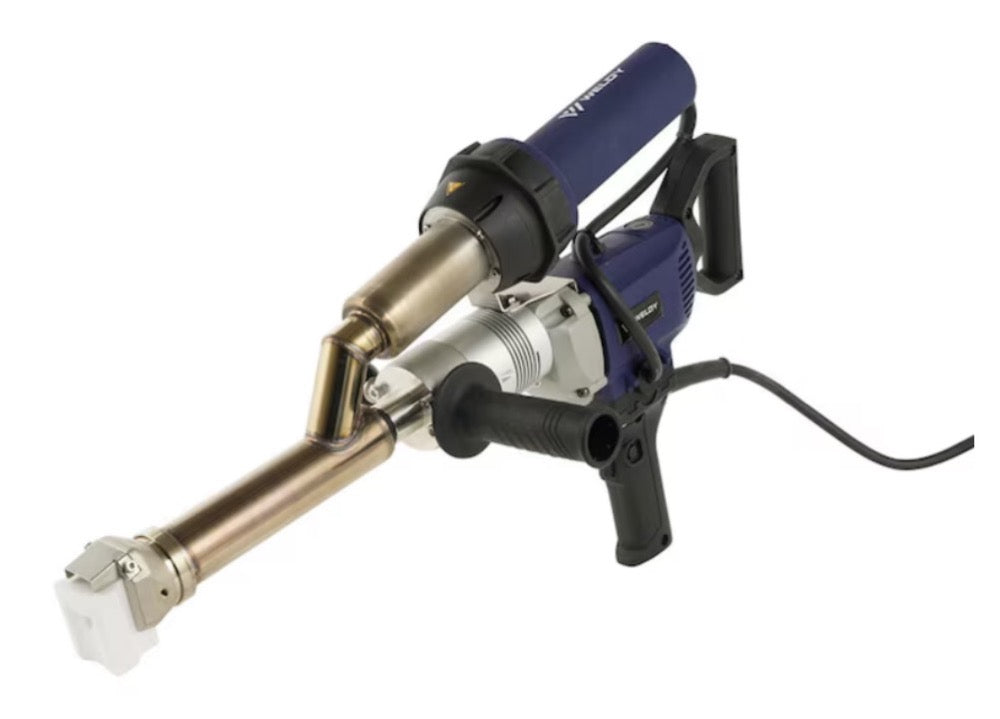
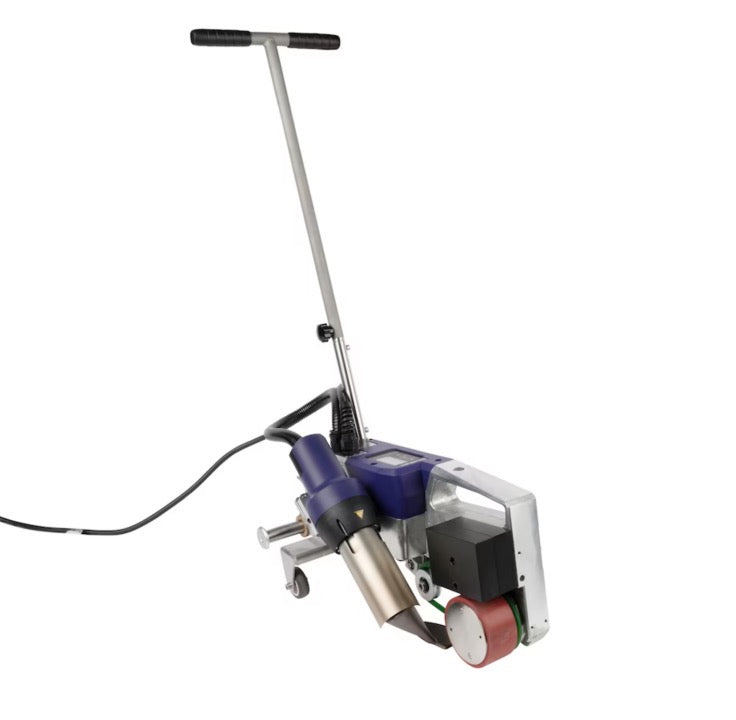


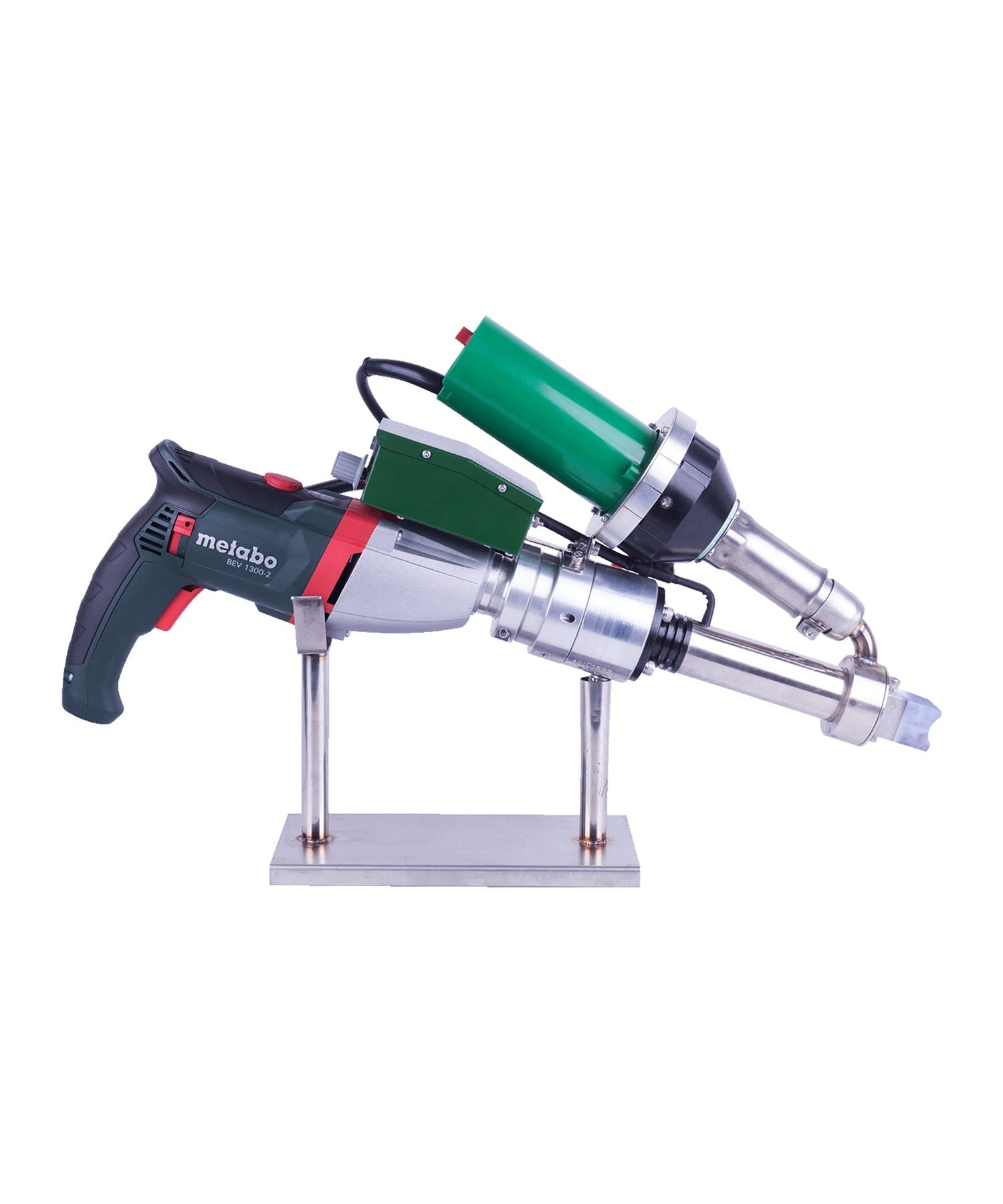
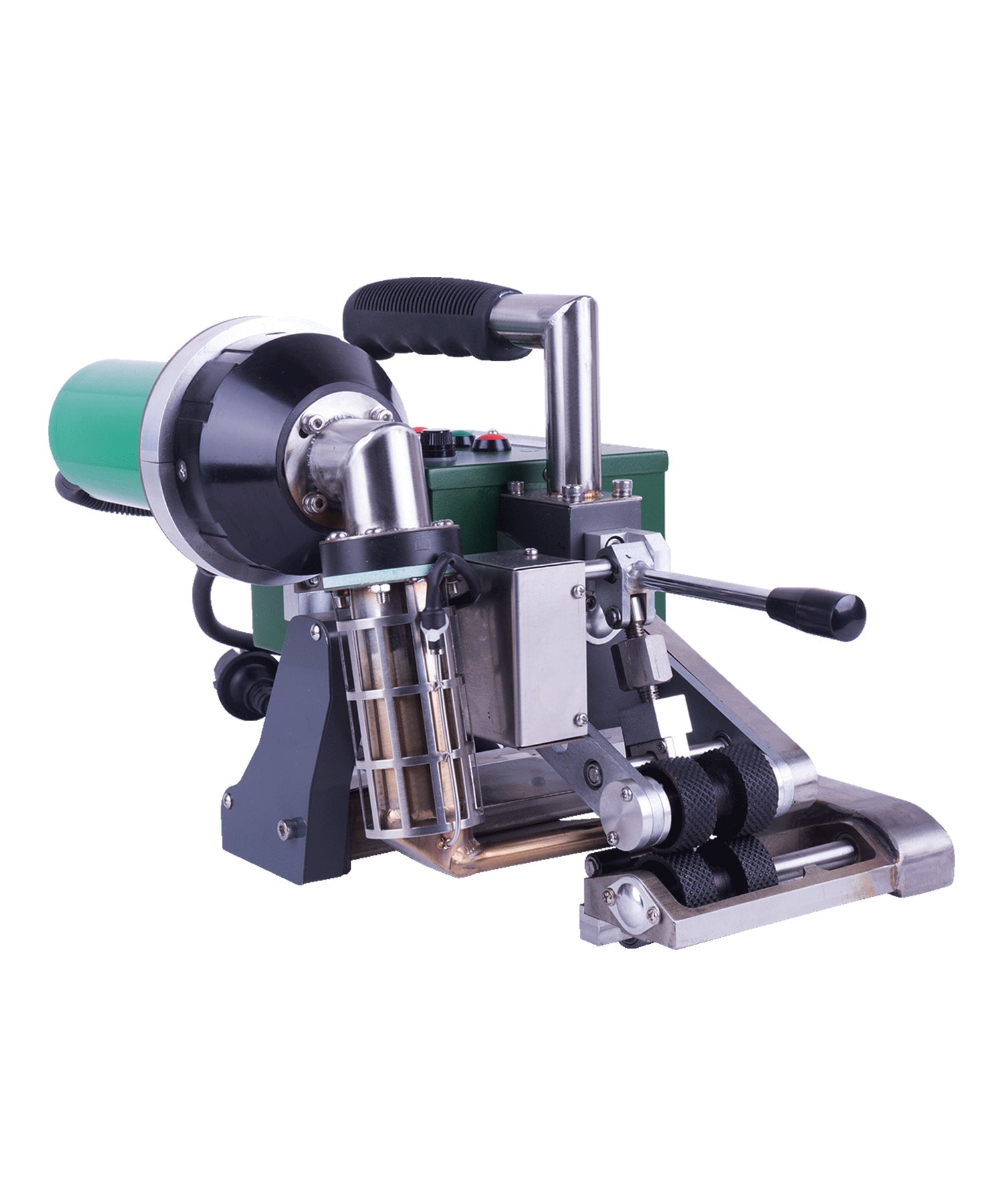
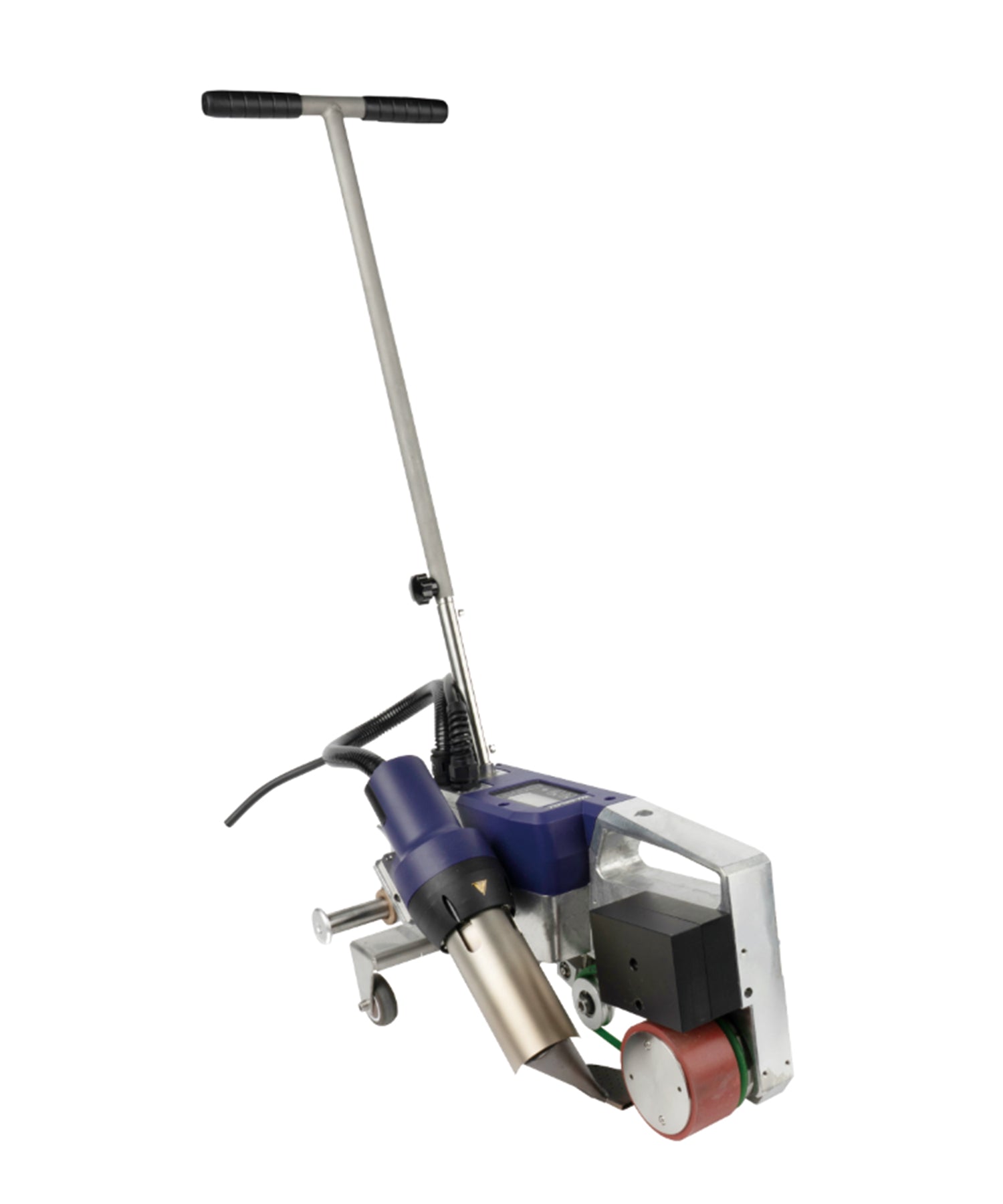
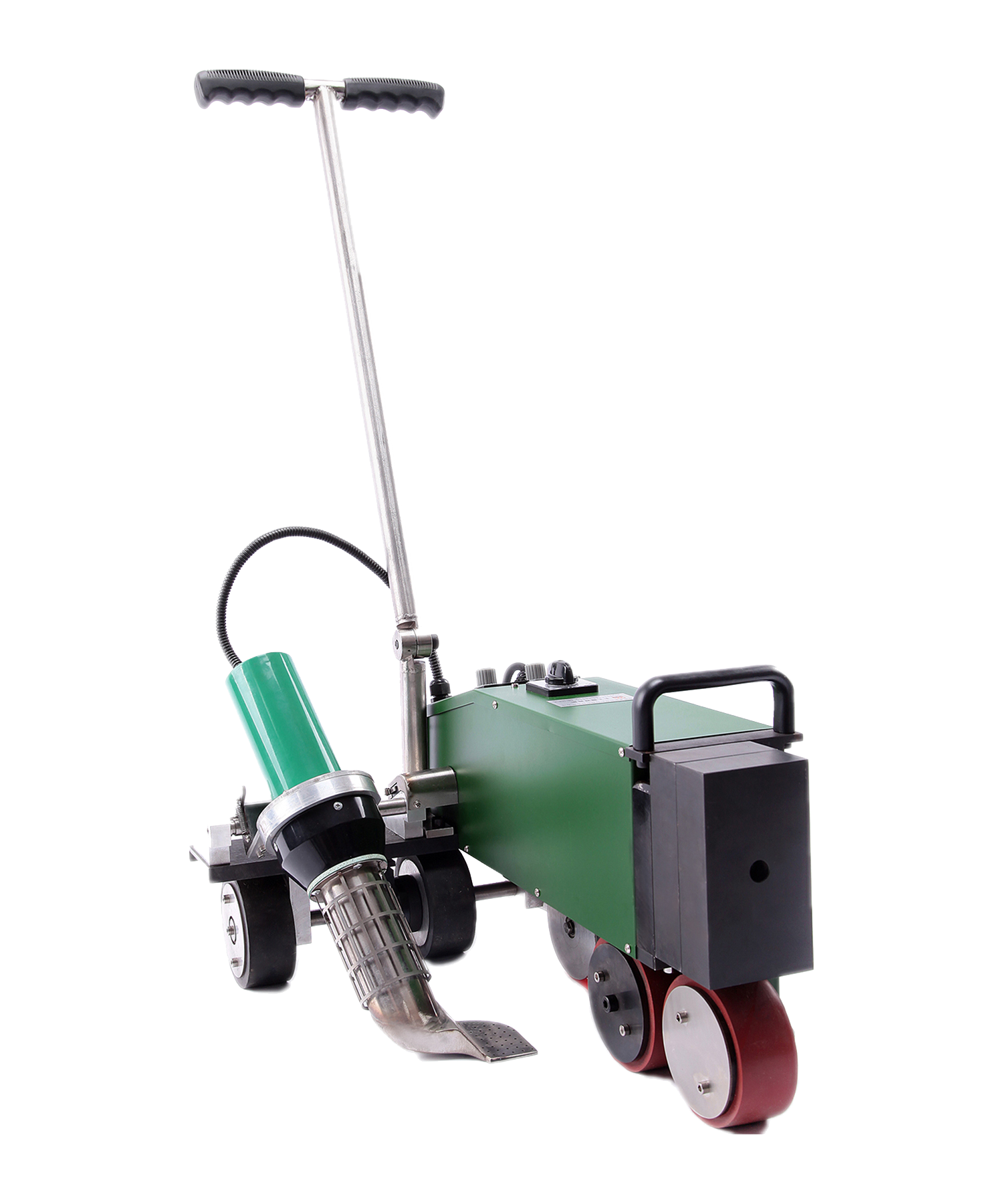
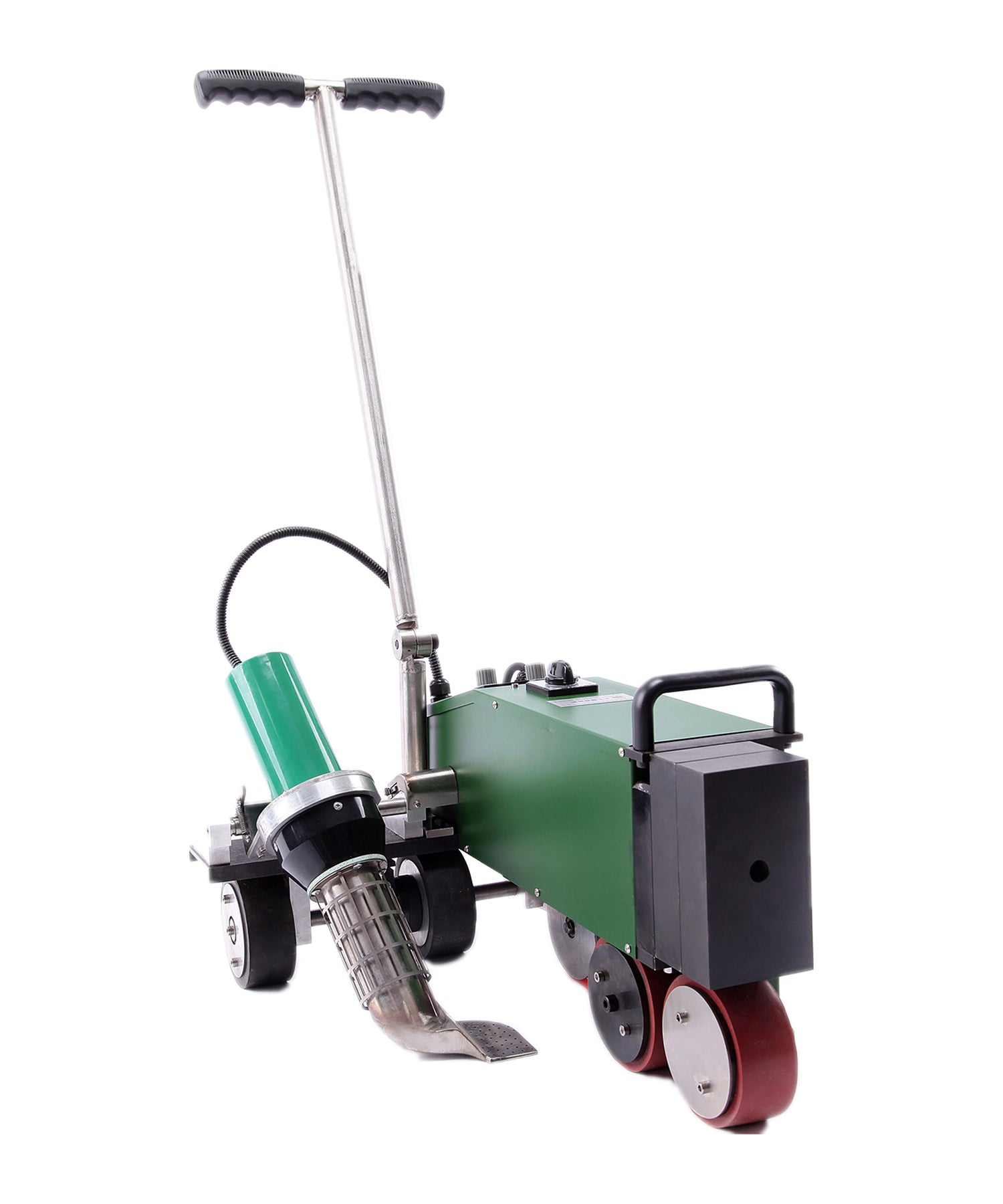
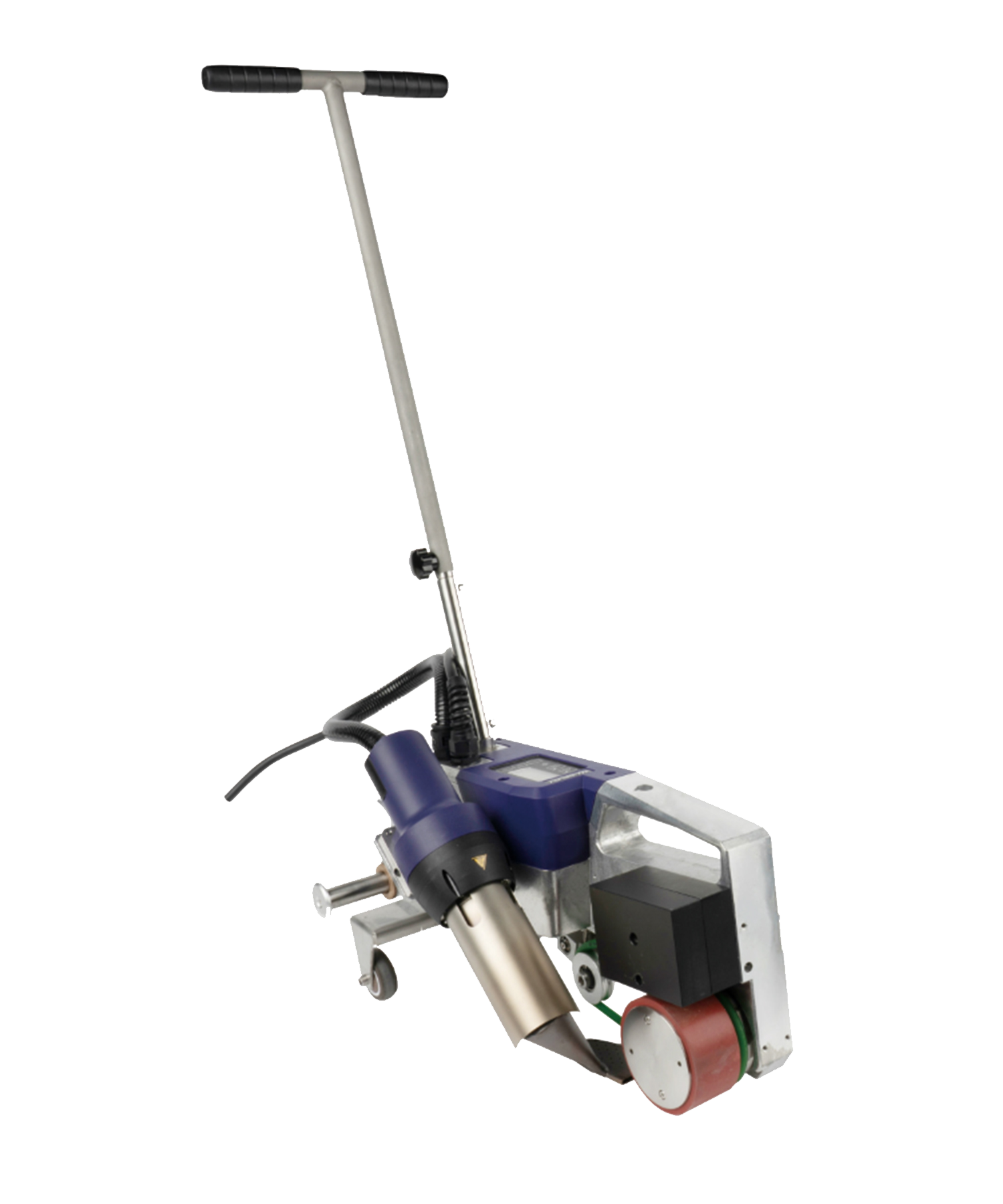

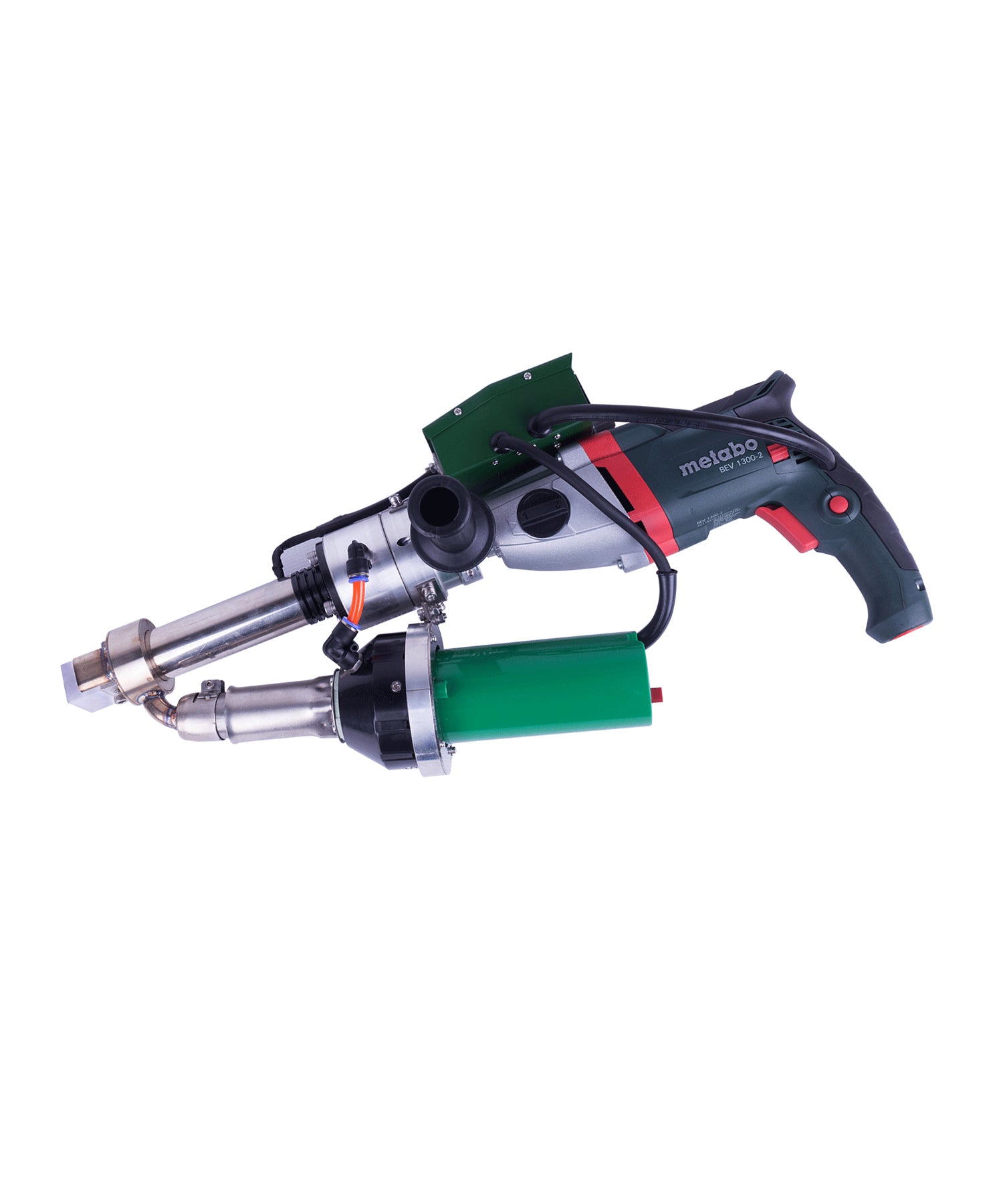
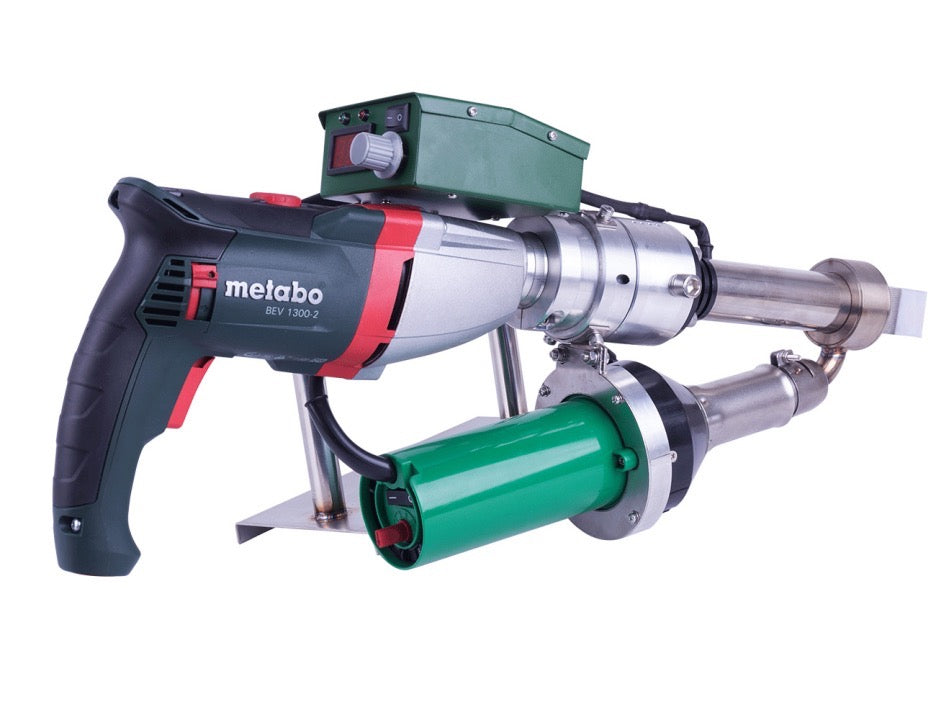
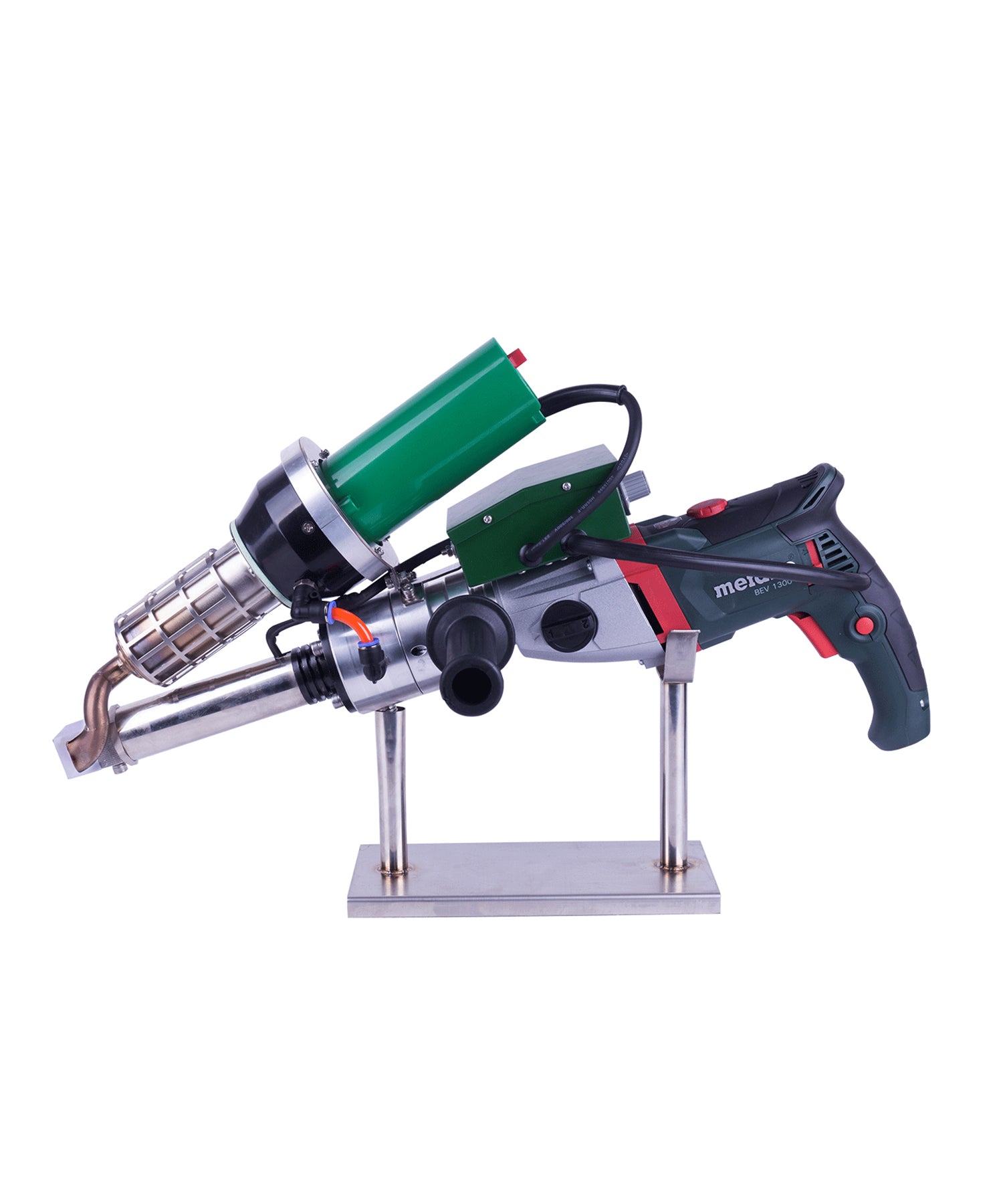

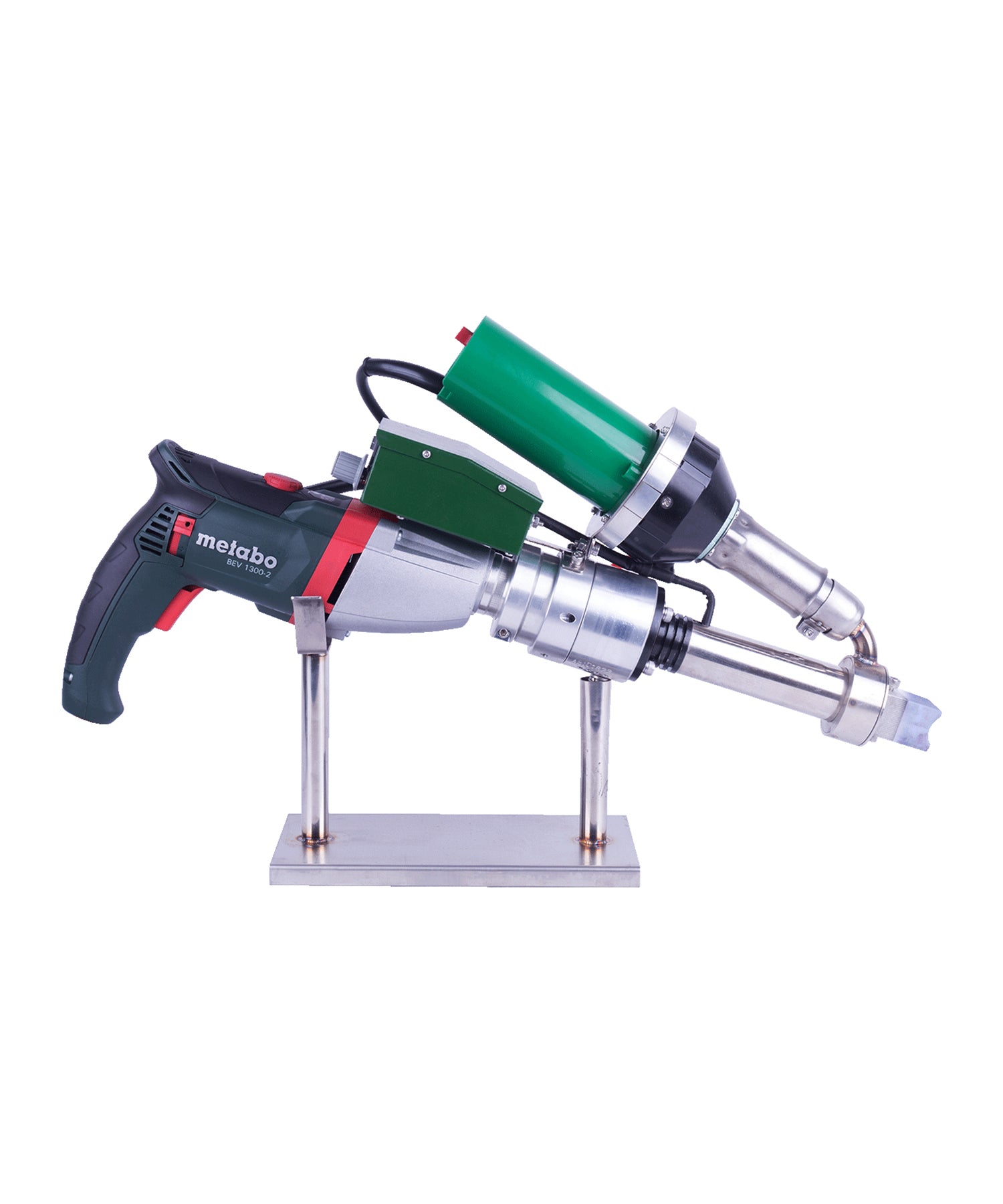
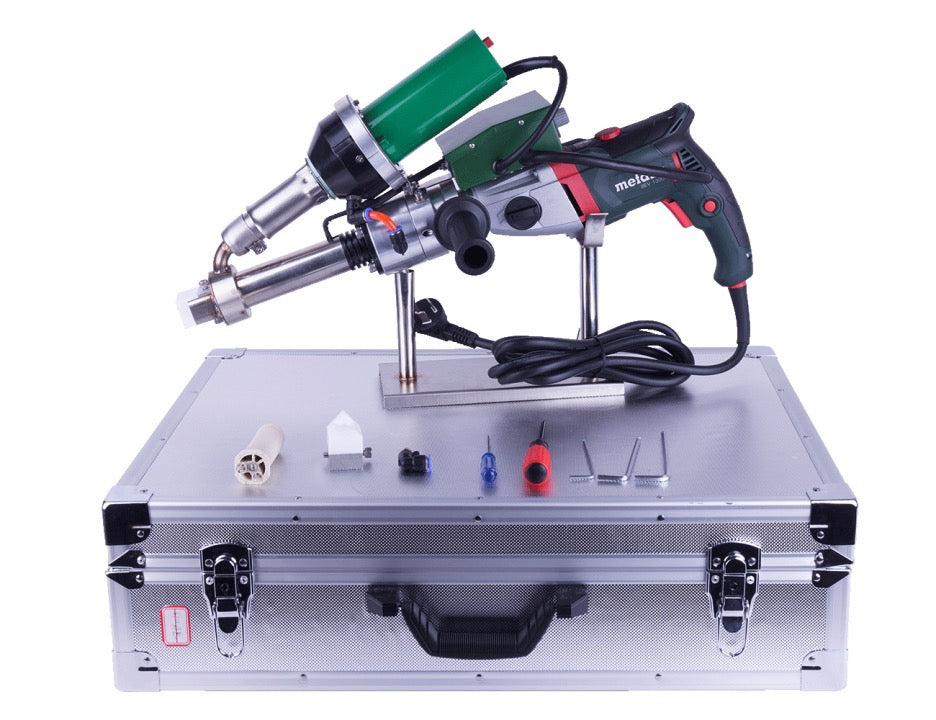
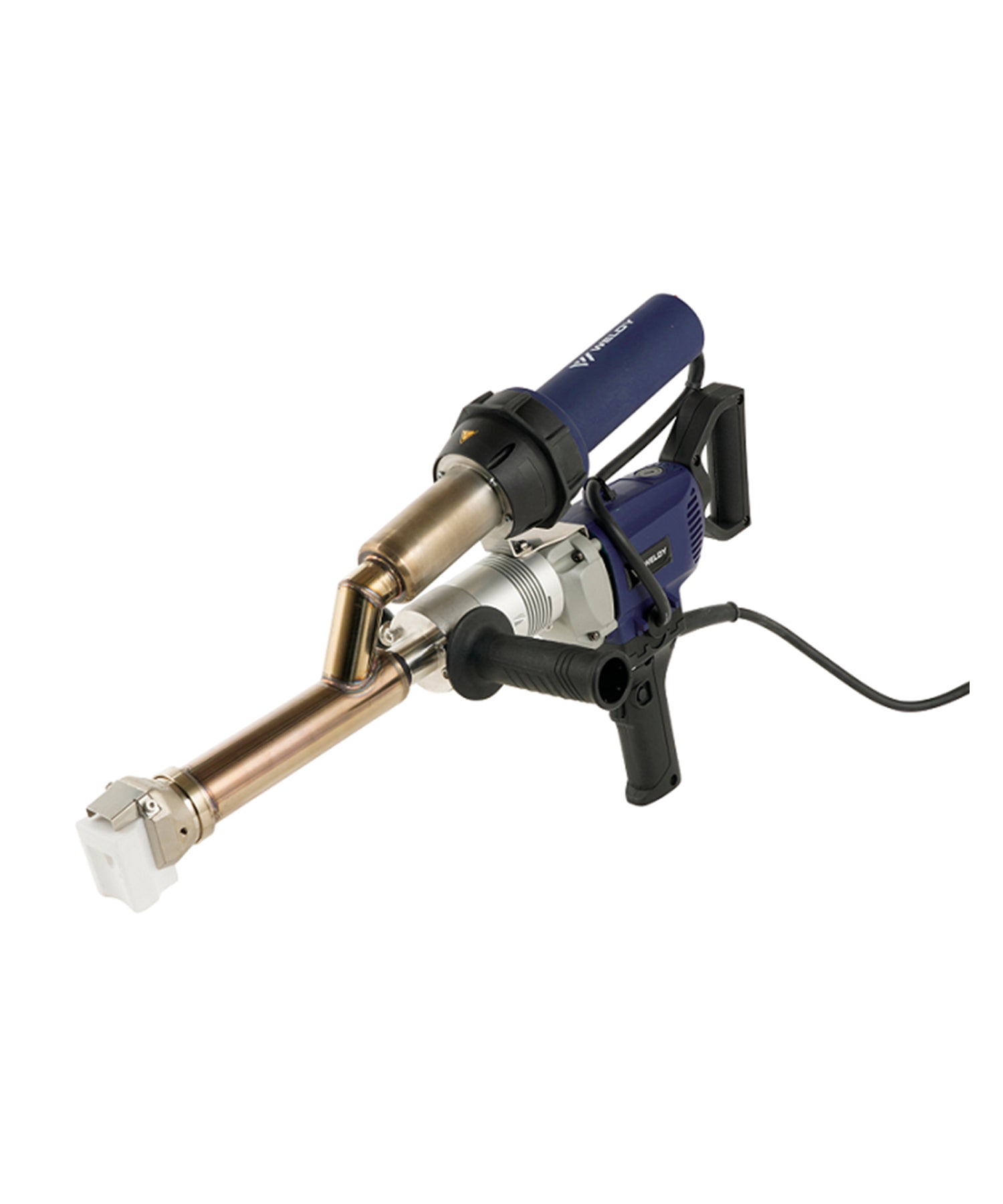
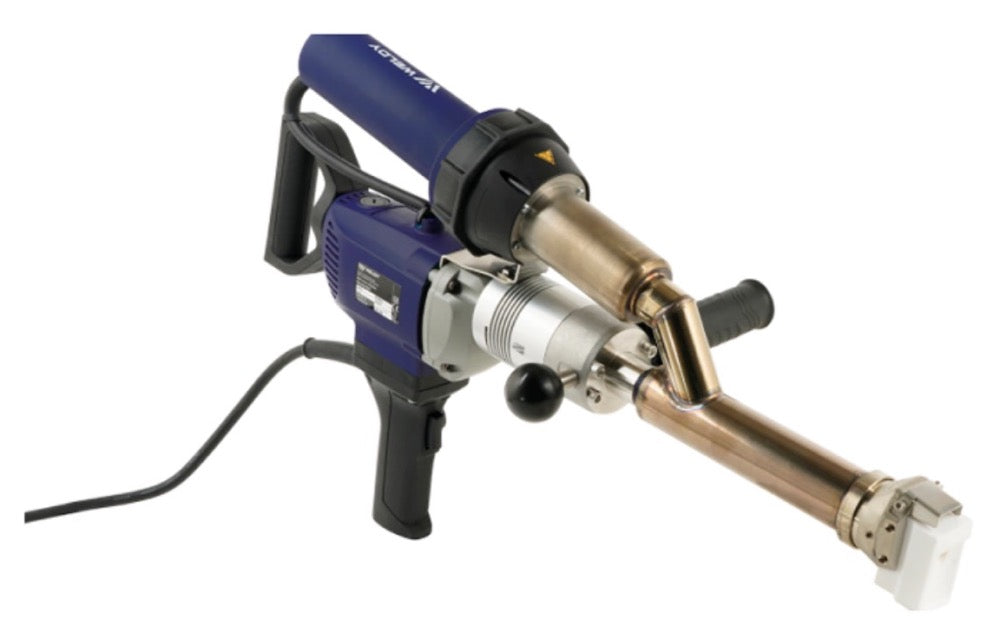



Leave a comment
This site is protected by hCaptcha and the hCaptcha Privacy Policy and Terms of Service apply.